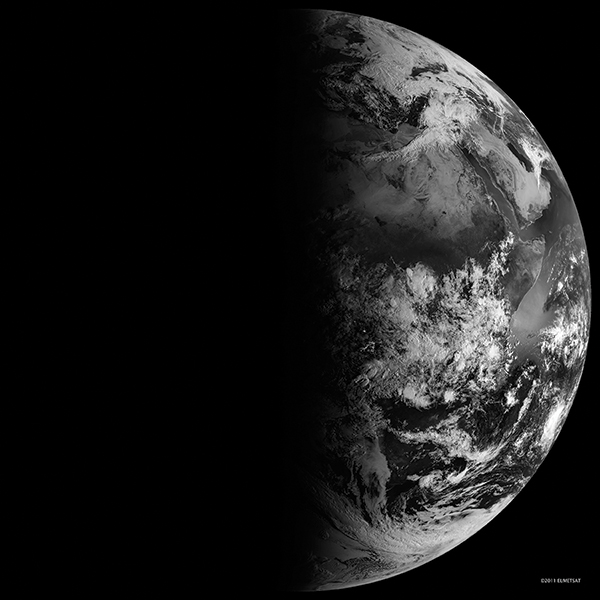Springtime Planet Party
David Prosper
March brings longer days for Northern Hemisphere observers, especially by the time of the equinox. Early risers are treated to the majority of the bright planets dancing in the morning skies, with the Moon passing between them at the beginning and end of the month.
 The vernal equinox occurs on March 20, marking the official beginning of spring for the Northern Hemisphere. Our Sun shines equally on the Northern and Southern Hemispheres during the moment of equinox, which is why the March and September equinoxes are the only times of the year when the Earth’s north and south poles are simultaneously lit by sunlight. Exacting astronomers will note that the length of day and night on the equinox are not precisely equal; the date when they are closest to equal depends on your latitude, and may occur a few days earlier or later than the equinox itself. One complicating factor is that the Sun isn’t a point light source, but a disc. Its edge is refracted by our atmosphere as it rises and sets, which adds several minutes of light to every day. The Sun doesn’t neatly wink on and off at sunrise and sunset like a light bulb, and so there isn’t a perfect split of day and night on the equinox - but it’s very close!
The vernal equinox occurs on March 20, marking the official beginning of spring for the Northern Hemisphere. Our Sun shines equally on the Northern and Southern Hemispheres during the moment of equinox, which is why the March and September equinoxes are the only times of the year when the Earth’s north and south poles are simultaneously lit by sunlight. Exacting astronomers will note that the length of day and night on the equinox are not precisely equal; the date when they are closest to equal depends on your latitude, and may occur a few days earlier or later than the equinox itself. One complicating factor is that the Sun isn’t a point light source, but a disc. Its edge is refracted by our atmosphere as it rises and sets, which adds several minutes of light to every day. The Sun doesn’t neatly wink on and off at sunrise and sunset like a light bulb, and so there isn’t a perfect split of day and night on the equinox - but it’s very close!